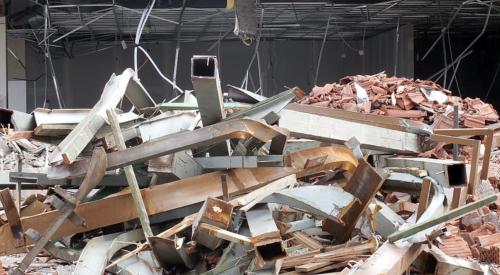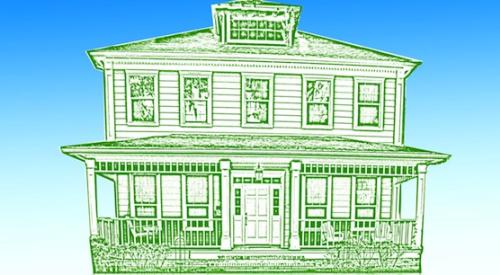|
It was the sexual revolution, and the home building industry wasn't left untouched — at least not if Practical Builder could help it.
A 19-page feature in August 1967 called "Sex and the Single-Family Home" attempted to tackle how sex influenced — or failed to influence — builders' business decisions. "This article frankly urges home builders to look up from their vouchers and realize that something is missing from almost all their homes. Something that people need, want and enjoy. Sex appeal," it reads, going on to ask, "Why is it that home builders skirt around sex more carefully than they avoid bankruptcy?"
 |
Home buyers called for floor plans stressing privacy, and Practical Builder was there to offer ideas to make it happen — suggesting coziness, opulence and dramatic simplicity to start.
In the late '60s, Practical Builder, which made the switch to Professional Builder in 1968, helped builders add sex appeal to their homes. Among our tips:
- Make the master bedroom its own suite
- Sound condition that suite
- Use double-bedroom-doors
- Put locks on bedroom doors
- Build a dais for the bed
- Mirror portions of the wall
- Add real masonry fireplaces to the master bedroom
- Design a private balcony off the master bedroom
- Use marble on the vanity
- Decorate with colors like red, orange, purples and bright pinks.
"It all boils down to the fact that sex in selling, subtly used, implied rather than expressed, is a selling weapon to make prospective buyers dissatisfied with what they have and want what you have to sell," we wrote. Custom builders Robert Oliver and Virginia Chapman admitted, "We are inclined to disguise sex appeal with other words such as fashionable, smart and new."
Intimacy wasn't the only factor heating up Americans' homes. The Energy Crisis that kicked off in 1973 pushed the government to set thermostats at 68 degrees or lower — even during the winter. Consumer Reports urged consumers to abstain from buying air conditioners and said that running the AC would heat up the outdoors, an incorrect assumption, the American Society of Heating, Refrigerating and Air-Conditioning Engineers points out. The energy crisis also meant some prices soared and housing design changed. Overall, homes became better-insulated.
The U.S. had been operating under housing legislation since 1866, and 1968 finally brought a respite. The Civil Rights Act of 1968 enforced anti-housing discrimination against race, religion, national origin, sex, handicap and family status.
70th Anniversary Article Series
|












